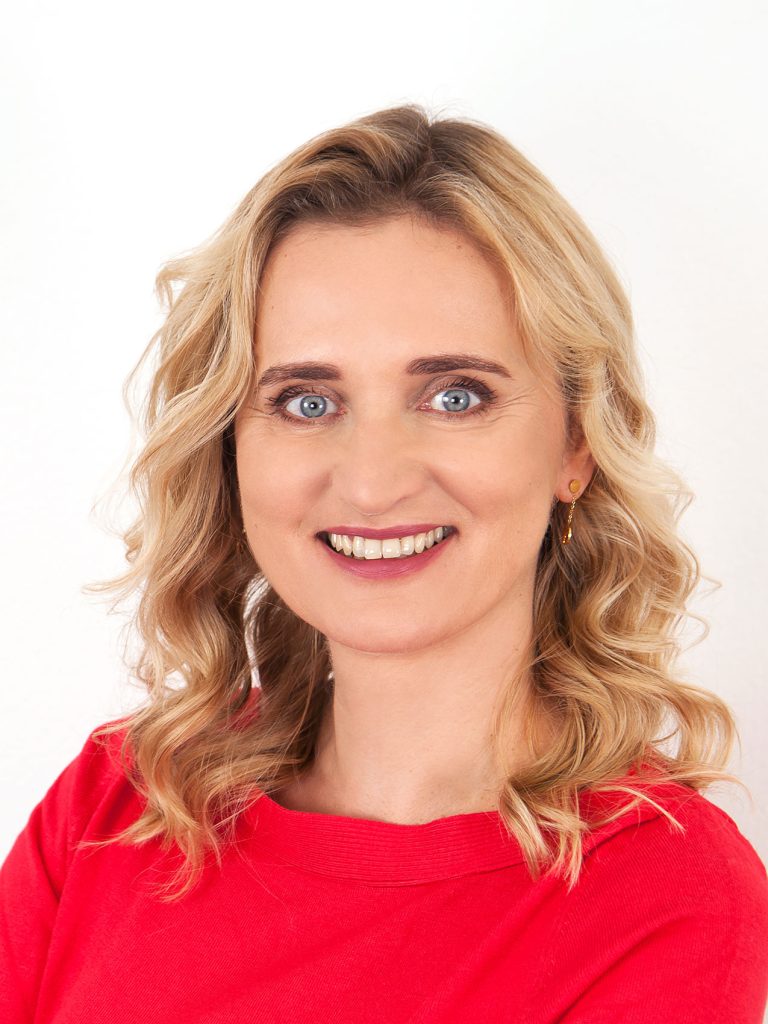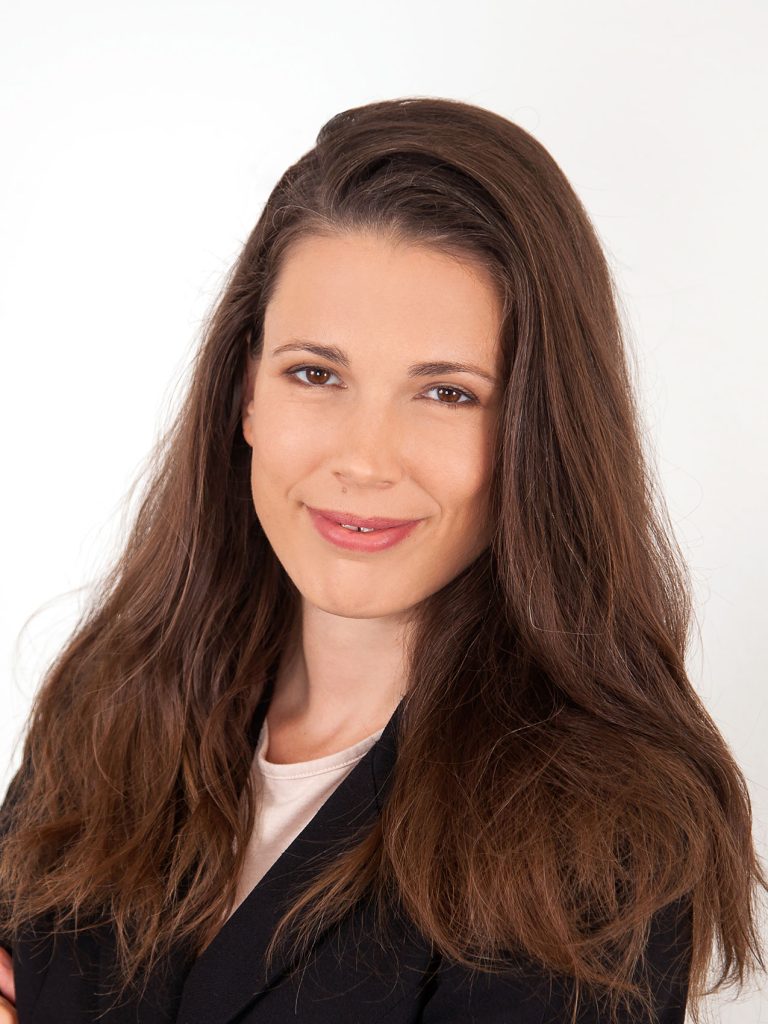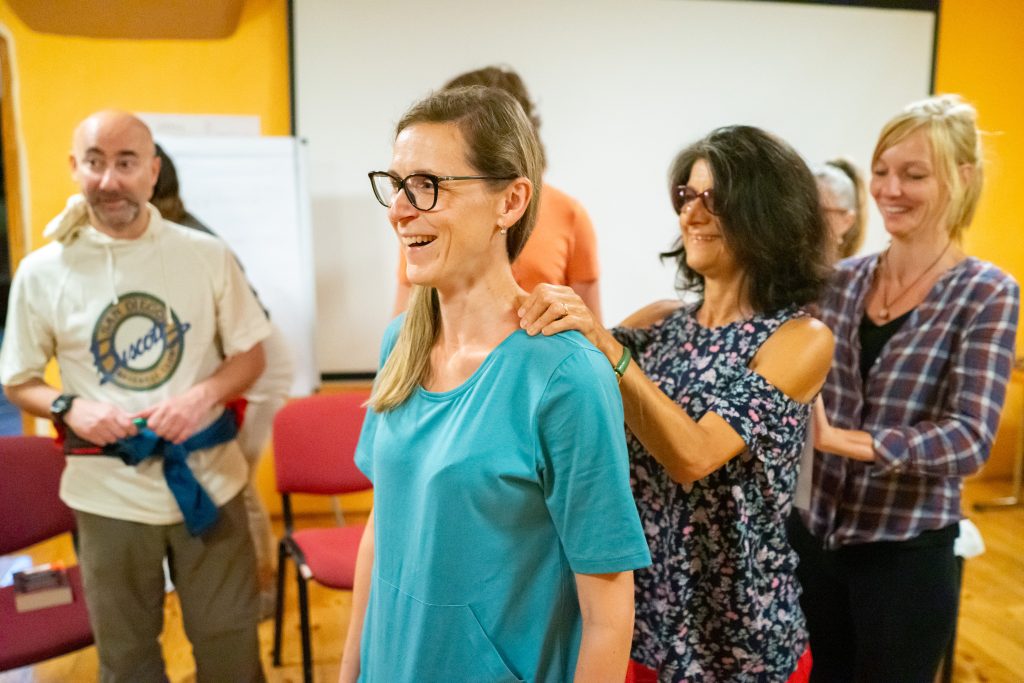Erasmus+ offers a wide range of opportunities for professional development for educators, but sometimes having many choices can be overwhelming, especially if you’re unsure about the criteria to consider among the vast options available. How do we select the right course to ensure that our expectations are met? We spoke to Erasmus+ mobility experts who cover it at The Bridge.
Barbora Gecseová
Project Manager specializing in international projects, primarily Erasmus+ projects. Besides organizing mobility for lecturers, in recent years, she has been particularly involved with the HLT.Digital project, collaborating with several major international partners at The Bridge School.
Andrea Zahumenska
Teacher trainer, EMCC accredited coach, and Learning and Development manager. At The Bridge, she is responsible for the quality of teaching and leads the entire teaching team, supporting their professional development.




What is your experience with Erasmus projects so far?
Andrea: I’ve participated in two job shadowings and various courses through Erasmus+ abroad. We have sent our teachers on courses, and I’ve also co-taught a course that received Erasmus+ funding.
Barbora: At The Bridge School, I am the Project Coordinator and Manager, primarily involved in Erasmus projects. I write proposals, coordinate implementation, and evaluate projects.
What are the benefits of participating in projects for your school and lecturers?
Barbora: At The Bridge, we involve lecturers and administrative staff in mobility projects. While they enhance their skills individually, it also brings new insights, perspectives, latest trends, and actionable activities to improve the school’s professionalism and expertise overall. We gain insights into various educational ecosystems and structures globally, enabling us to compare, improve, or implement changes within our organization and country.
Andrea: Our school operates uniquely in Slovakia, so to learn and get inspired, we seek partnerships abroad. Teachers gain new skills or evaluate teaching quality between our courses and those abroad through experiencing a mobility. Visiting a language school in Oxford revealed our teachers’ comparable professionalism and quality.
Barbora: This facilitates rapid sharing of best practices across borders or forming collaborations to devise innovative solutions. Motivating our lecturing team, especially in online settings, is a long-term challenge for us.
Andrea: It’s not solely about sending teachers and staff abroad. At The Bridge, we also run Erasmus+ courses.
Barbora: Yes, we actively recruit for placements and offer teacher development courses and internships. It’s rewarding to attract participants to Slovakia despite more enticing destinations. International projects’ collaboration, whether as partners or coordinators like the KA2 project – HLT.Digital, allows participants to understand our school’s activities and philosophy beforehand.
Andrea: The HLT.Digital project introduced us to professionals who significantly contributed to the ELT world.
Aside from HLT, you have considerable experience with the KA1 project, sending your lecturers on mobility. What has been your experience with foreign schools and institutions?
Barbora: Communication and documentation have been smooth, but we’ve encountered issues with course content.
Andrea: Our teachers, accustomed to an effective CPD system, have high expectations regarding course quality. A competent trainer, participants’ English proficiency, and the organizer’s efforts greatly influence course satisfaction.
Barbora: Avoiding disappointments remains a challenge. We’d appreciate reviews and quality assessments from the European Commission.
How do we identify a good course?
Andrea: Finding a good course isn’t easy. The list of providers is extensive, and the course offerings are diverse, but as they say, “all that glitters is not gold.” It’s essential to scrutinize the course content meticulously, examining who the trainer is, whether they’ve already been appointed, or if they’ll be sought only when there’s clear interest in the course.
Barbara: If the trainer is well-known, it’s important to delve into their training, certifications, methodology, or philosophy. Unfortunately, many courses lack such credentials at the moment, as we’ve experienced firsthand.
For example?
Barbara: For instance, several courses bundled numerous topics into one flashy program, leading to instances where lecturers in a Business English course resorted to looking up idioms on a search engine to understand them. While networking and revitalizing motivation through a relaxing seaside stay may suffice for some, if you prioritize quality course content, don’t hesitate to contact the course provider and inquire about the trainers and the specific program.
Andrea: It’s also wise to check recommendations and information from previous years’ courses.
Barbora: Additionally, we shouldn’t overlook the participants’ knowledge and language proficiency. In courses emphasizing experience exchange and comprehension of complex concepts, it’s crucial for all participants to contribute equally to the learning process. Hence, I also pay attention to whether the course provider specifies participant requirements and the minimum language proficiency level. Otherwise, one might find themselves spending hours listening to familiar topics, a consequence of courses combining participants with varying levels of experience or language proficiency.
What criteria define a proper course?
Andrea: Before enrolling in a course, it’s crucial to have clear expectations and goals aligned with the school’s objectives. Focusing solely on course offerings in coastal cities or unexplored locations may divert attention from these goals. Having set expectations facilitates assessing how well they’ve been met.
Barbora: Absolutely, these expectations and goals should be established before embarking on the course or mobility. Furthermore, when selecting a course, consider the number of hours dedicated directly to the topics of interest. While introductory activities and school presentations are necessary, the course should allocate a significant portion of time to the desired subject matter. According to Erasmus program quality standards, a day of physical course activities must include a minimum of five hours of learning activities, with additional activities complementing formal learning to enhance social, cultural, and professional interactions among participants.
Want to learn more about Erasmus+? Discover how to participate in an Erasmus+ mobility course or explore the Teacher Courses offered directly by The Bridge.

